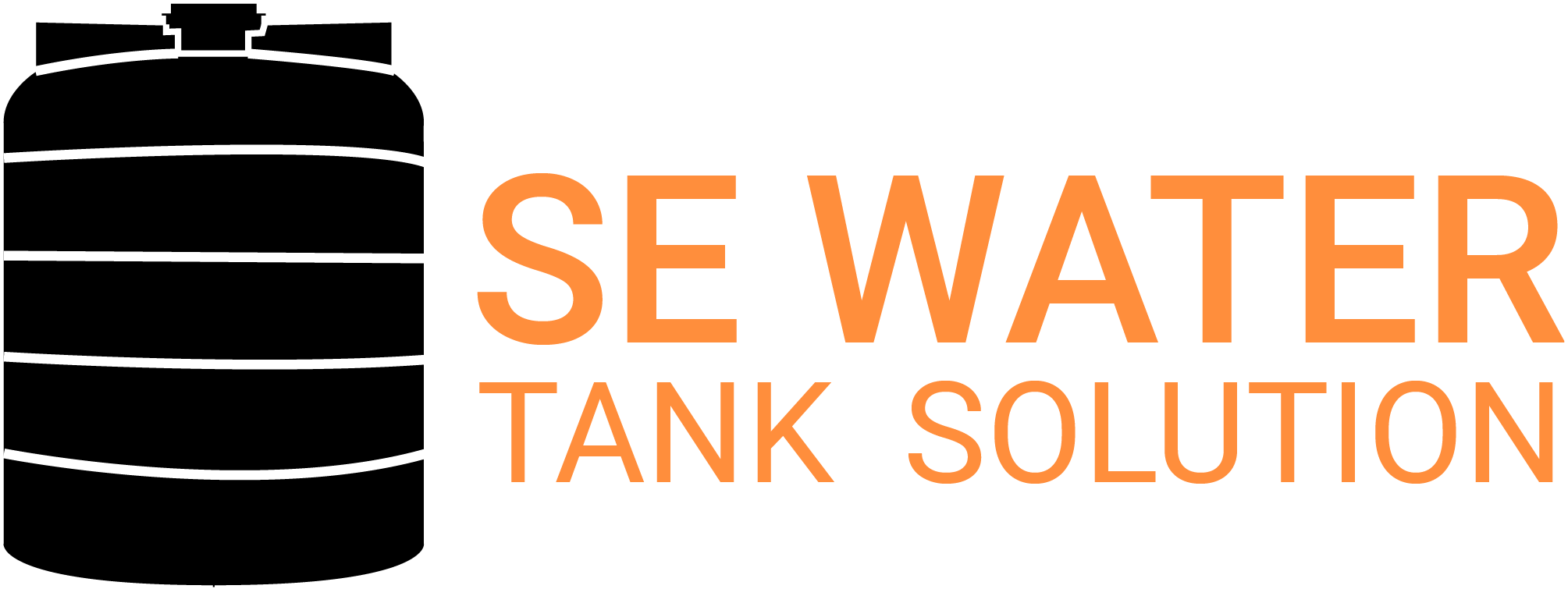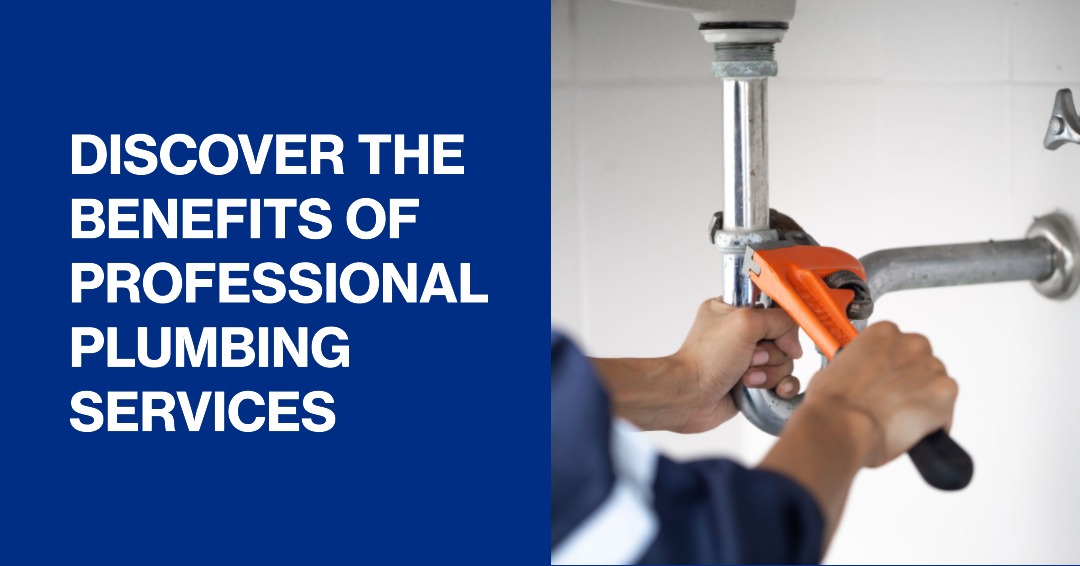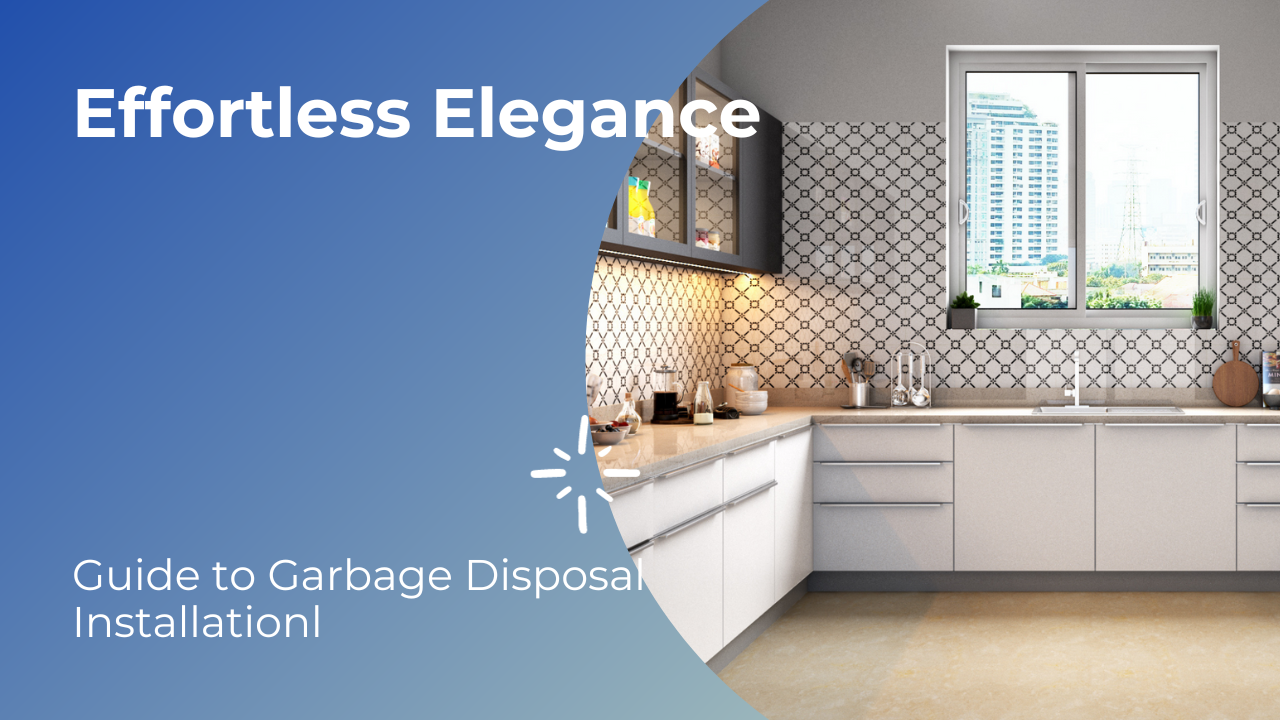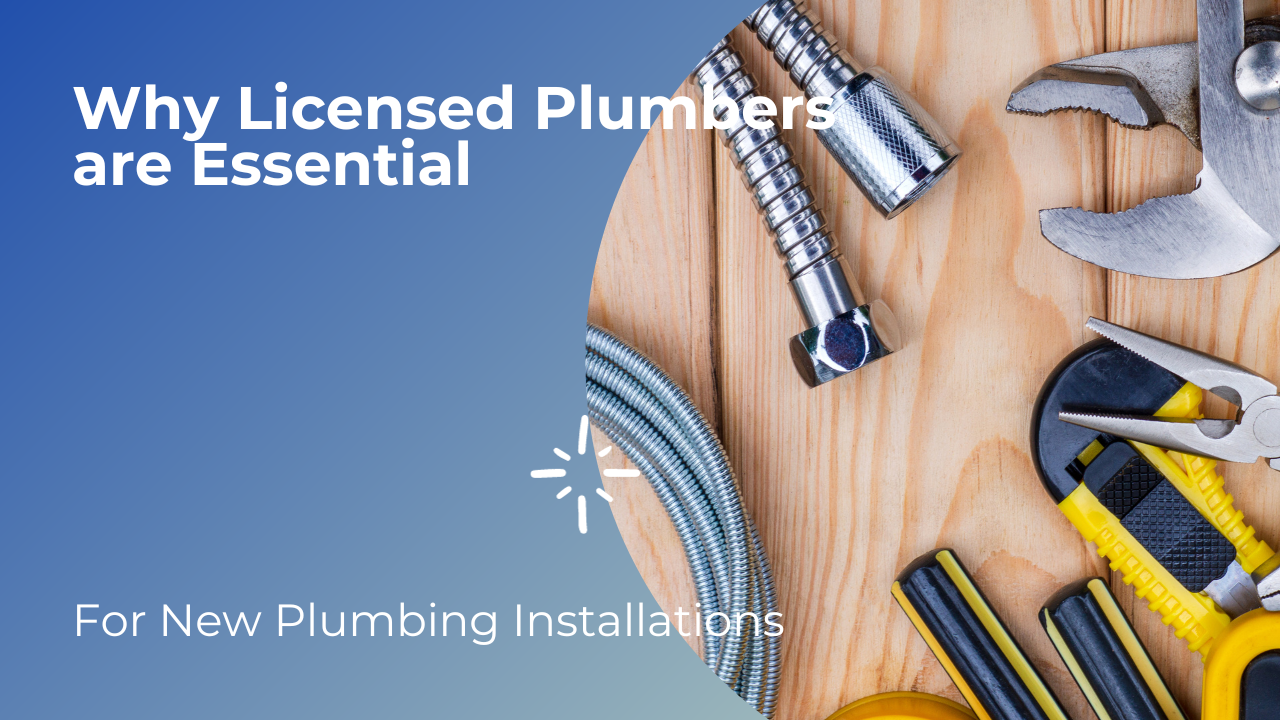Are you looking for an easy, cost-effective way to tackle your under-sink plumbing problems? SE Water Tank provides the right solution with our professional plumbing services. You can count on us to care for your needs, from simple repairs to complex installations.
What is Under sink plumbing?
Under sink plumbing is the plumbing located beneath a sink. The sink drain, the pipes that connect the sink to the main drain, the shutoff valves, and the water supply lines are all included in this category.
How to install under sink plumbing?
- Turn off the water supply to the sink. Unscrew the compression nuts from the hot and cold water supply lines and disconnect them from the sink faucet.
- Use a hacksaw to cut the P-trap from the drain pipe. Remove the old P-trap and dispose of it.
- Install the brand-new P-trap. Connect the curved end of the P-trap to the outlet on the sink drain. Connect the straight end of the P-trap to the drain pipe. 4. Secure the P-trap in place with the slip nuts provided. Be sure to hand-tighten the nuts to prevent over-tightening.
- Reattach the hot and cold water supply lines to the sink faucet. Use compression to secure the connections.
- Turn on the water supply to the sink and check for leaks. If any are found, tighten the connections until the leak is stopped.
Which trap is used in under sink?
A trap is a curved section of drain pipe located beneath a sink, which prevents sewer gas from entering the home through the drain. It also prevents anything that is poured down the drain from escaping. P-traps are one of the most common types of traps, which are recognizable by their shape, similar to the letter “P,” and are designed for sealing systems using water.
which trap is used in under sink?
A plunger trap is the best type of trap for under the sink. It is designed to prevent clogs and provide a tight seal against the sink drain. The plunger trap is designed to fit snugly underneath the sink, allowing it to be easily installed and removed.
Maintenances of under sink plumbing ?
- Check the pipes for any signs of leaking and repair or replace them if necessary.
- The drain and P-trap should be cleaned.
- Check for any clogs and clear them as needed.
- Water supply lines should be examined for signs of damage or corrosion and repaired or reinstalled if necessary.
- Make sure the shut-off valves are working properly and repair any faulty valves.
- Check for any mineral deposits and remove them as needed.
- Inspect for any loose fittings or connections and tighten or fix them as needed.
- Check the garbage disposal properly and fix or replace it if necessary.
- Examine the water heater for any signs of corrosion and repair or replace it if necessary.
- Examine the sink for any signs of damage or corrosion and repair or replace it if appropriate.







